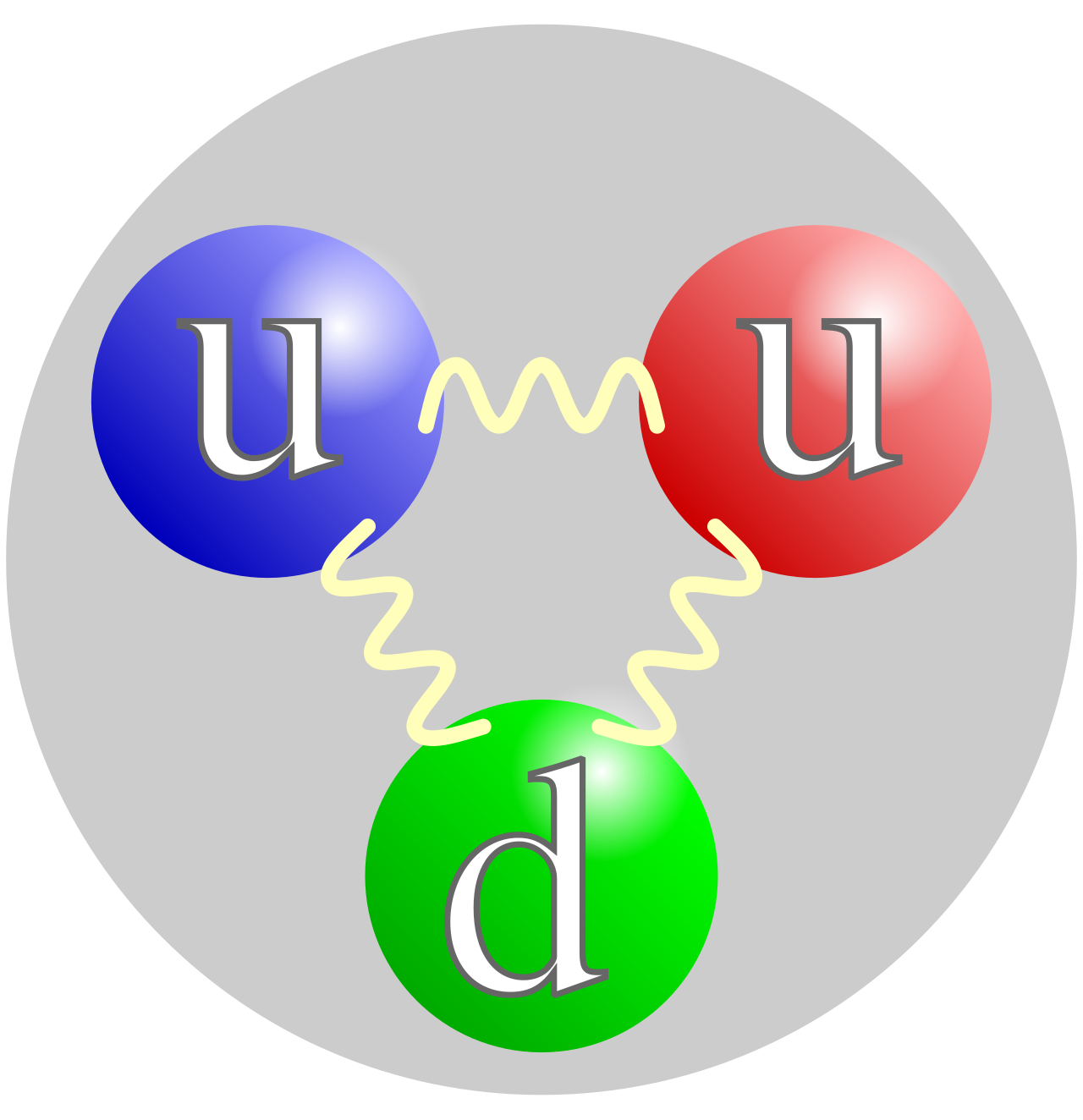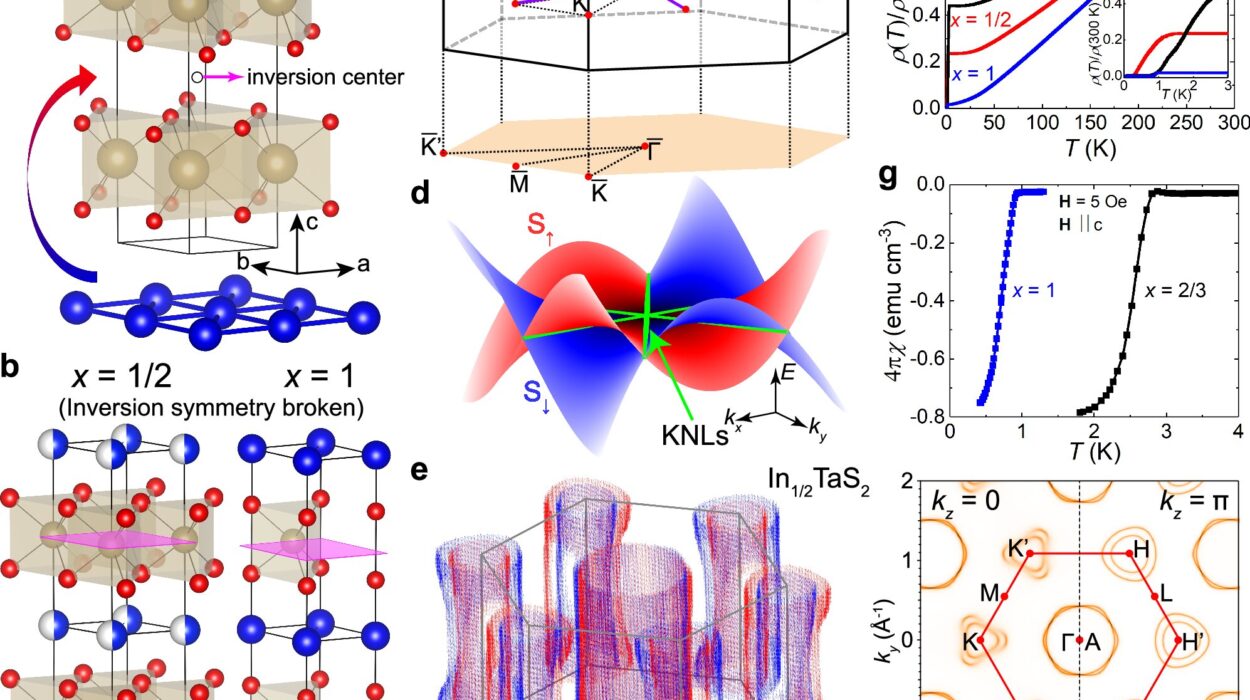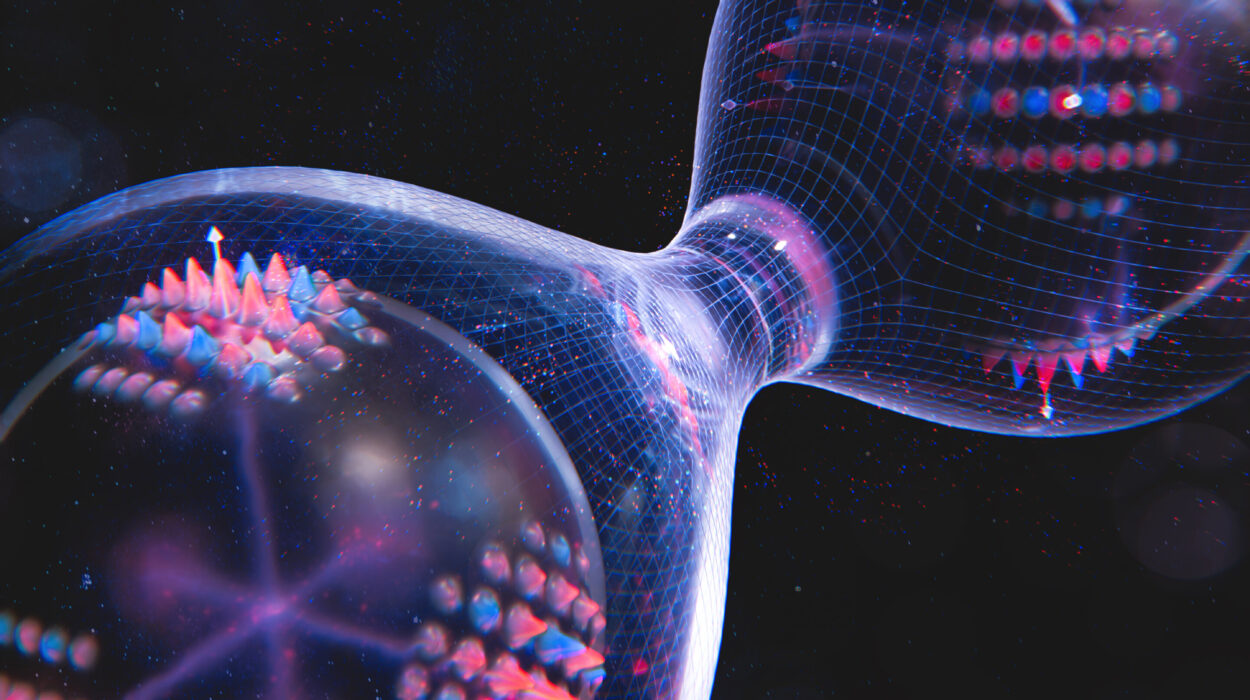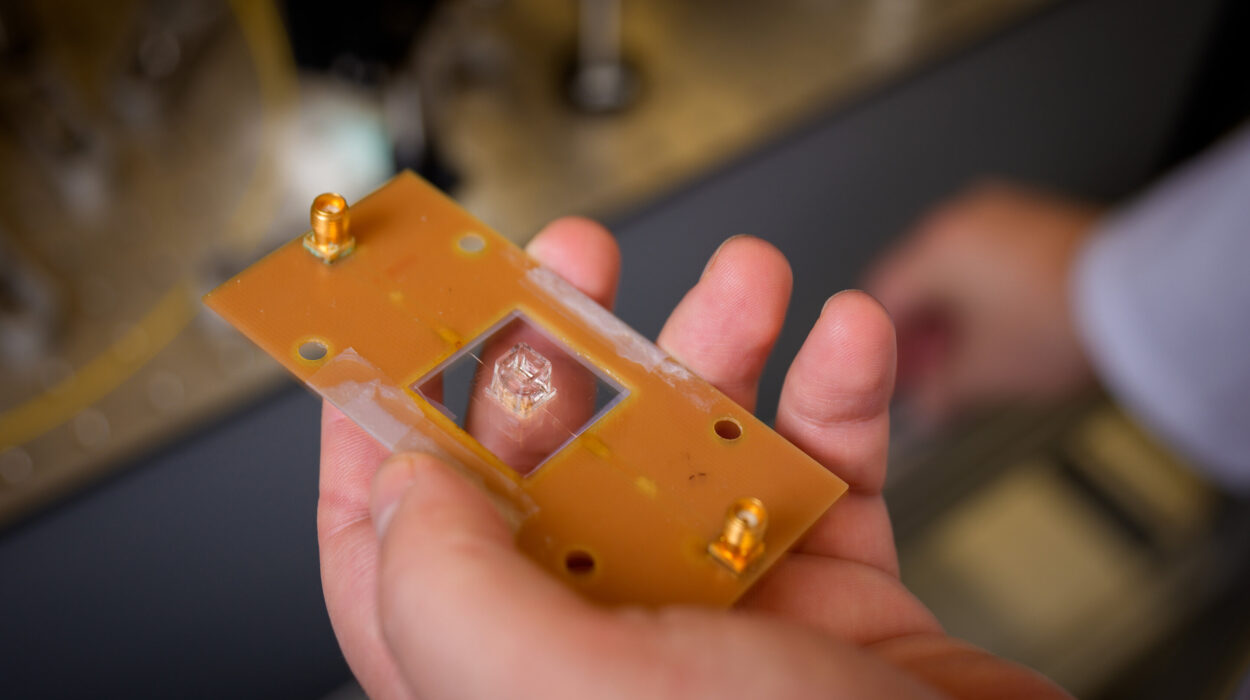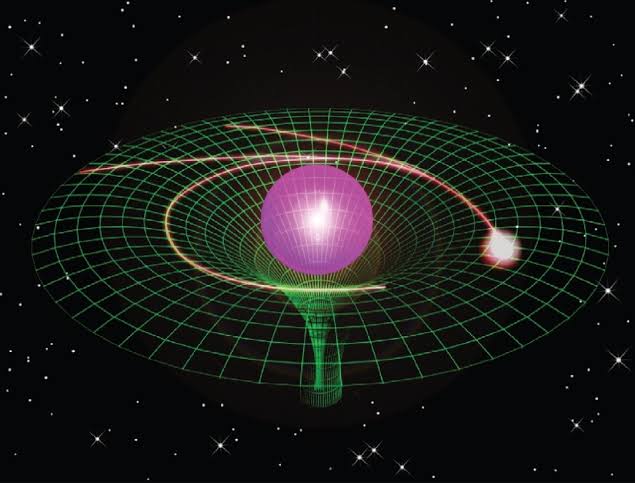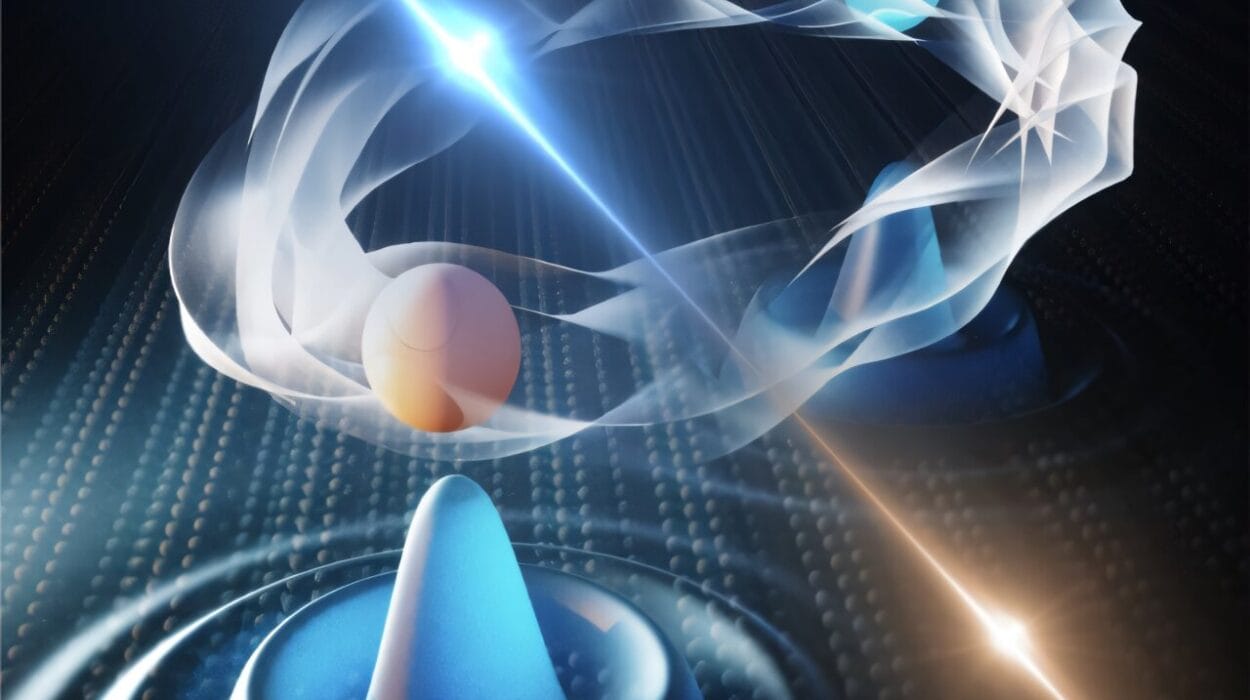For centuries, humans have sought to understand what everything around us is made of. From ancient philosophers who speculated about indivisible particles called atoms to the dawn of modern physics, the journey to unravel the fabric of reality has been long and fascinating. Today, science tells us that the universe’s fundamental building blocks are not just atoms or even their smaller components — protons and neutrons — but something even more elemental and intriguing: quarks.
Quarks are tiny, mysterious particles that, together with gluons and leptons, compose all matter in the universe. They are the essential constituents of protons, neutrons, and many other particles, and they obey mind-bending rules that challenge our everyday intuition. This article will take you deep into the quantum world to explore quarks: what they are, how they were discovered, why they matter, and how they shape the universe around us.
The Historical Road to Quarks
The story of quarks begins with the atom, once thought to be the smallest unit of matter. The Greek philosopher Democritus coined the word “atom” from the Greek “atomos,” meaning indivisible, imagining tiny particles too small to be cut. This idea held sway until the late 19th and early 20th centuries, when discoveries revealed that atoms themselves have structure — consisting of electrons orbiting a nucleus made of protons and neutrons.
By the mid-20th century, physicists realized that protons and neutrons were not fundamental either. They were “composite” particles, made of even smaller constituents. But what exactly were these constituents? This question led to a proliferation of discovered particles — the so-called “particle zoo” — and a desperate need for a simpler underlying framework.
In 1964, physicists Murray Gell-Mann and George Zweig independently proposed a revolutionary idea: that protons, neutrons, and many other hadrons were composed of more basic particles, which Gell-Mann called “quarks.” At first, the concept was met with skepticism — quarks seemed strange and abstract, and no one had seen one directly. But over time, through both theoretical development and experimental evidence, quarks became accepted as fundamental building blocks of matter.
What Exactly Is a Quark?
Quarks are elementary particles, meaning they are not made of anything smaller. They belong to a family of particles known as fermions, which follow the Pauli exclusion principle — no two identical fermions can occupy the same quantum state simultaneously. Quarks come with some very unusual properties that make them unlike anything in our everyday experience.
The first striking feature is their fractional electric charge. Unlike electrons or protons, which have charges of ±1 (in units of the elementary charge), quarks carry charges of +2/3 or -1/3. This fractional charge is one of the reasons quarks cannot exist freely in nature — they are always confined within larger particles, bound by an incredibly strong force called the strong interaction.
Quarks also have a property called “color charge,” not related to color in the usual sense but a quantum property essential to the theory of quantum chromodynamics (QCD), the framework describing the strong interaction. This “color” charge comes in three types, whimsically named red, green, and blue, and quarks combine in such a way that the resulting particle is “colorless,” much like mixing colors of light to produce white.
The Six Flavors of Quarks
Quarks come in six types, known as flavors: up, down, charm, strange, top, and bottom. These flavors differ in mass and other quantum properties, and they determine the nature of the particles they compose.
The lightest and most stable are the up and down quarks. Together, they form protons and neutrons — the core constituents of atomic nuclei. The proton consists of two up quarks and one down quark, while the neutron contains one up quark and two down quarks. The balance of these quarks’ masses and charges shapes the behavior and stability of ordinary matter.
The other four quarks — charm, strange, top, and bottom — are heavier and less stable, appearing mostly in high-energy environments like cosmic rays or particle accelerators. These “heavier flavors” give rise to a fascinating array of particles called hadrons, many of which only exist fleetingly in laboratories before decaying.
How Quarks Bind: The Role of Gluons
Quarks never appear alone in nature. Instead, they are perpetually confined within particles by the strong interaction, one of the four fundamental forces of nature. This force is mediated by particles called gluons, which “glue” quarks together.
Gluons themselves carry color charge, enabling them to interact not just with quarks but also with other gluons. This property makes the strong force profoundly complex and nonlinear. The binding energy provided by gluons is immense, making it impossible to isolate a single quark without supplying tremendous energy, which simply produces new quark-antiquark pairs instead.
This confinement explains why quarks have never been observed in isolation despite decades of experiments. Instead, scientists observe composite particles called hadrons. Two broad categories exist: baryons (like protons and neutrons), made of three quarks, and mesons, made of one quark and one antiquark.
Quarks in the Quantum World: Strange Behavior
Quarks defy classical intuition in many ways. Their interactions and properties are governed by the rules of quantum mechanics and quantum field theory. The strange rules of quantum chromodynamics (QCD) govern how quarks behave inside particles.
One surprising effect is “asymptotic freedom,” discovered by physicists David Gross, Frank Wilczek, and David Politzer in the 1970s. This means that quarks behave almost like free particles when they are extremely close to each other but become strongly bound as they move apart. The closer the quarks are, the weaker the strong force; the farther apart, the stronger the force.
Another quantum oddity is “color confinement,” which forbids free quarks from existing independently outside of hadrons. This confinement is a consequence of how the strong force’s strength changes with distance — it grows rather than diminishes, unlike gravity or electromagnetism.
Experimental Evidence: How Do We Know Quarks Exist?
Since quarks cannot be isolated, how did scientists confirm their existence? The evidence came from experiments involving high-energy particle collisions.
In the late 1960s, deep inelastic scattering experiments at the Stanford Linear Accelerator Center (SLAC) fired electrons at protons and neutrons with such high energies that the internal structure of these particles was revealed. The patterns observed suggested smaller point-like constituents inside nucleons, matching the properties predicted for quarks.
Over time, a rich spectrum of hadrons was discovered, and their properties could be explained elegantly by the quark model. Experiments at particle accelerators around the world have continued to probe quarks’ behavior, confirming the validity of quantum chromodynamics and the existence of quark-gluon plasmas under extreme conditions.
Why Quarks Matter: The Foundation of Matter and Energy
Understanding quarks is essential because they underpin the entire visible universe. Protons and neutrons, built from up and down quarks, form the nuclei of atoms. Atoms combine to make molecules, matter, planets, stars, and life itself. Without quarks, the universe as we know it would not exist.
Moreover, quarks and their interactions help us explore fundamental questions about the universe’s origins and the forces that govern it. The physics of quarks connects to cosmology, particle physics, and nuclear physics, offering insights into phenomena ranging from neutron stars to the earliest moments after the Big Bang.
The Role of Quarks in Modern Physics Research
Today, research into quarks continues to push the boundaries of human knowledge. Particle accelerators like the Large Hadron Collider (LHC) smash protons together at unimaginable energies, recreating conditions similar to those fractions of a second after the Big Bang.
Such experiments investigate how quarks behave under extreme temperatures and densities, exploring exotic states of matter like the quark-gluon plasma. These studies also test the Standard Model — the theory describing fundamental particles and forces — and search for new physics beyond it.
Understanding quarks better might illuminate mysteries like dark matter, the matter-antimatter asymmetry, and the nature of neutrino masses. Quark research remains at the frontier of science, blending theory and experiment to unlock the secrets of existence.
Philosophical Reflections: What Quarks Teach Us About Reality
Quarks challenge our notions of what “matter” means. At such tiny scales, classical concepts of particles and forces give way to probabilities, waves, and fields. Quarks embody the strange, counterintuitive nature of the quantum world, reminding us that reality is far more complex and wondrous than everyday experience suggests.
They also illustrate the power of human curiosity and ingenuity. The idea of quarks emerged from abstract mathematical models and bold hypotheses, tested through ingenious experiments and refined by collaborative effort. Quarks symbolize the triumph of reason and imagination in the quest to understand the cosmos.
Conclusion: The Tiny Particles That Build the Universe
Quarks, these tiny, elusive particles, are truly the building blocks of everything. From the atoms in our bodies to the stars in the sky, quarks lie at the heart of matter’s structure. Their discovery and study represent one of humanity’s greatest scientific achievements, revealing a universe more intricate and beautiful than ever imagined.
As we continue to probe the depths of matter and energy, quarks remain central characters in the unfolding story of physics. They inspire wonder and awe, pushing us to rethink what we know about nature’s fundamental workings. The quest to understand quarks is far from over, promising new discoveries and insights for generations to come.
